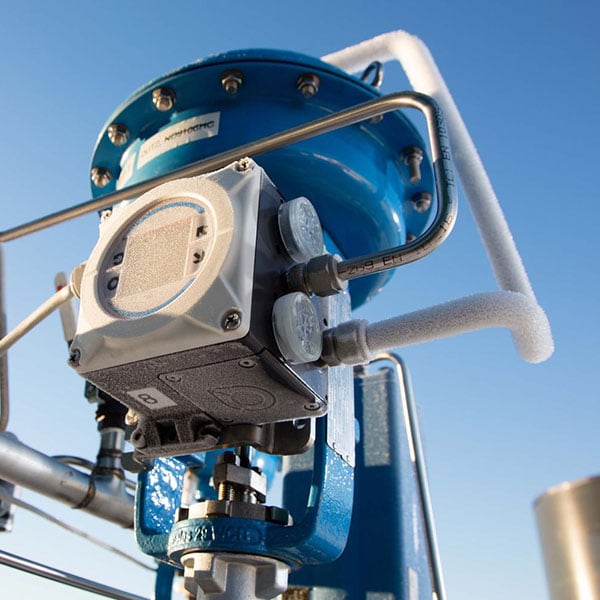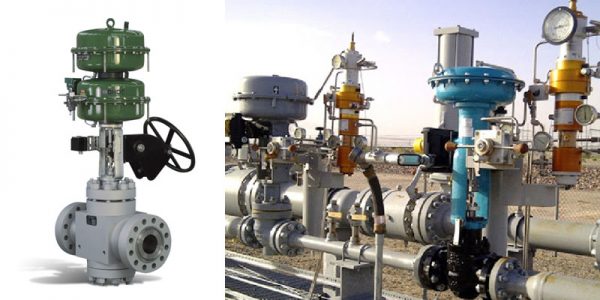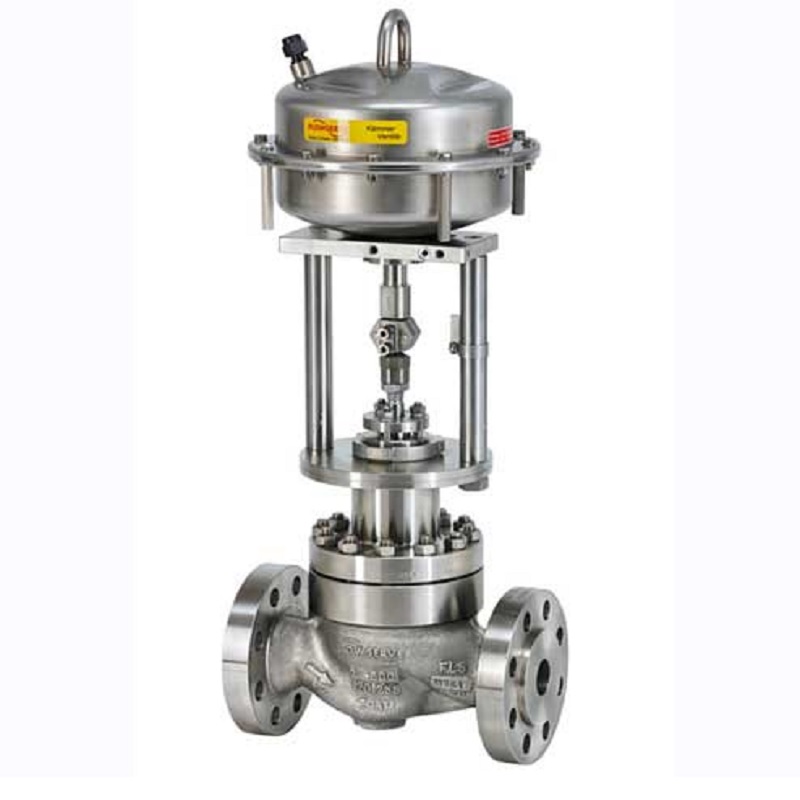Essential Factors to Consider When Selecting Control Valves
Essential Factors to Consider When Selecting Control Valves
Blog Article

Maximize Power Financial Savings and Comfort With Advanced Building Automation Controls
In the world of modern-day architecture and facility monitoring, the integration of sophisticated building automation regulates stands as a pivotal innovation. The merging of innovation and sustainability has actually birthed a brand-new period where power performance, convenience optimization, and functional streamlining are no more possible truths but remote aspirations. By using the power of automation, structures can adapt, react, and progress in manner ins which were as soon as unthinkable. The capacity for substantial power financial savings and enhanced comfort is not just a possibility however a promise waiting to be met. This standard shift in building management holds the essential to unlocking a world where environmental conscientiousness and owner well-being harmoniously exist together within the wall surfaces of our frameworks.
Energy Performance Advantages
Power performance benefits can considerably minimize power usage and functional expenses in buildings. Energy-efficient systems, such as advanced building automation controls, can enhance the usage of sources like air conditioning, heating, and lights, leading to lower power expenses over time.
In addition, enhanced energy effectiveness can lengthen the life-span of building tools and systems. By running more successfully, HVAC systems, lighting fixture, and other building elements experience less deterioration, causing decreased maintenance and replacement expenses. Additionally, energy-efficient buildings frequently command higher building values and rental prices, offering lasting monetary advantages to owners.
In addition, energy efficiency can improve passenger comfort and efficiency. Properly regulated indoor environments with optimal illumination and thermal problems develop an even more conducive and positive work space, bring about boosted staff member contentment and performance. In general, the energy performance benefits related to advanced structure automation controls are multifaceted, including expense financial savings, ecological stewardship, and occupant wellness.
Enhanced Convenience Control
Enhancing convenience control in building settings requires a sophisticated integration of sophisticated automation systems for ideal owner health. By using advanced building automation controls, facilities can tailor the indoor atmosphere to fulfill the particular needs and choices of owners. These systems allow precise guideline of ventilation, temperature, and illumination, developing a comfy and productive atmosphere. Occupant fulfillment and efficiency are closely linked to thermal comfort, making it necessary to have systems in position that can adjust to altering problems in real-time.
Boosted convenience control surpasses fundamental temperature level modifications. It includes attributes such as personalized settings, tenancy sensing units, and all-natural light utilization to produce a dynamic and responsive atmosphere. By incorporating these sophisticated controls, buildings can not only improve comfort but also boost power efficiency by enhancing system operations based upon actual occupancy and usage patterns. Inevitably, prioritizing occupant comfort through innovative automation systems brings about a much more enjoyable and much healthier interior environment.
Functional Performance Improvements

Moreover, the application of real-time monitoring and analytics tools allows structure drivers to recognize power inefficiencies and operational abnormalities without delay. By continuously checking energy usage patterns and system efficiency metrics, modifications can be made in real-time to enhance energy consumption and make sure peak operational efficiency. control valves. In addition, including need reaction approaches into structure automation controls can additionally improve functional effectiveness by dynamically readjusting power usage based upon grid problems and prices signals
Indoor Climate Optimization
Reliable indoor environment optimization is an essential facet of structure automation controls, guaranteeing owners' comfort and health while taking full advantage of energy savings. By using sophisticated sensing units and controls, building automation systems can continually adjust and keep an eye on temperature, moisture degrees, air high quality, and ventilation to develop an optimum interior setting. Preserving constant and comfortable conditions not only improves occupant complete satisfaction but likewise enhances efficiency and overall well-being.
Interior climate optimization also plays a critical function in power effectiveness. By fine-tuning cooling, heating, and air flow systems based on real-time data and tenancy patterns, constructing automation controls can considerably decrease power usage - control valves. Carrying out techniques such as demand-controlled air flow and thermal zoning can help decrease energy waste while making certain that each area of the structure receives the necessary conditioning.

Sustainable Environment Creation
Structure automation manages not just enhance indoor climate conditions for energy performance and passenger comfort but likewise lay the foundation for creating a sustainable setting via calculated management of resources and systems. By integrating sophisticated structure automation innovations, such as sensors, actuators, and intelligent software application, centers can keep an eye on and readjust power use in real-time to lessen waste and decrease their carbon footprint. These systems allow anticipating upkeep, identifying prospective issues prior to they escalate and maximizing devices efficiency to boost durability and efficiency.
In addition, sustainable atmosphere creation expands beyond power management to incorporate water conservation, waste decrease, and indoor air high quality improvement. Structure automation controls can manage water usage, detect leakages, and ensure correct waste disposal click to read methods, adding to general sustainability efforts. In addition, by regulating and checking air flow and filtering systems, these modern technologies enhance resident health and wellness and efficiency while reducing energy consumption associated with HVAC operations.
Verdict
To conclude, advanced building automation regulates offer considerable benefits in regards to energy cost savings, convenience control, operational effectiveness, interior climate optimization, and producing a lasting atmosphere. By applying these controls, buildings can accomplish ideal efficiency while lowering energy consumption and improving resident convenience. It appears that making use of sophisticated automation modern technology is important in enhancing building efficiency and creating a much more lasting future.
Energy performance benefits can substantially lower energy consumption and functional costs in structures. On the whole, the power efficiency advantages linked with innovative structure automation controls are multifaceted, encompassing cost savings, environmental stewardship, and resident article wellness.
Furthermore, integrating demand response methods into structure automation controls can even more enhance functional efficiency by dynamically adjusting power usage based on grid problems and prices signals.
Building automation regulates not only optimize interior climate problems for power effectiveness and resident comfort however likewise lay the foundation for creating a sustainable environment with strategic administration of sources and systems.In verdict, progressed building automation controls deal substantial advantages in terms of power cost savings, convenience control, functional performance, interior environment optimization, and producing a lasting setting.
Report this page